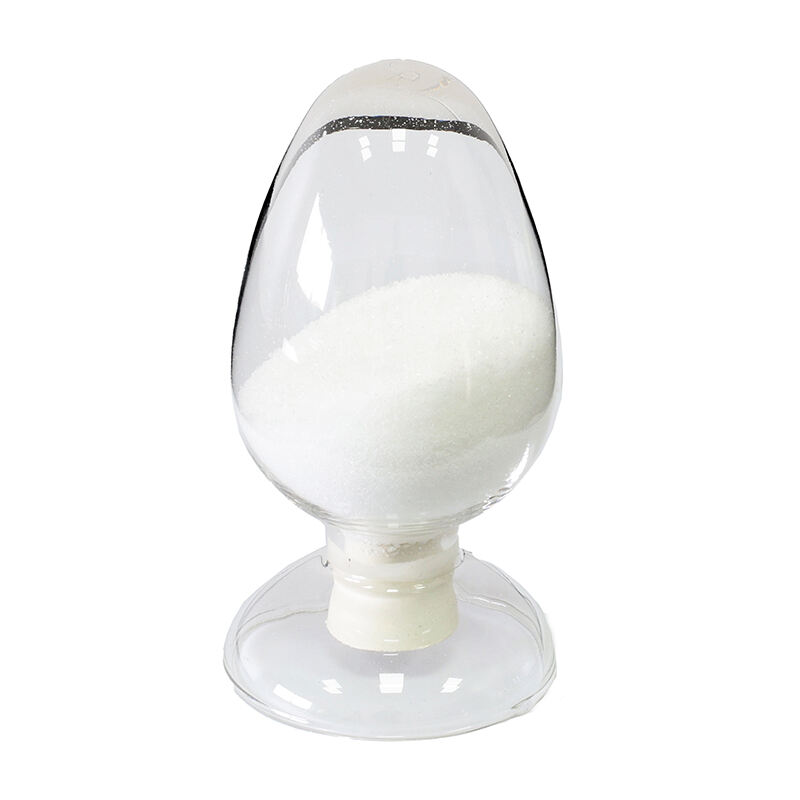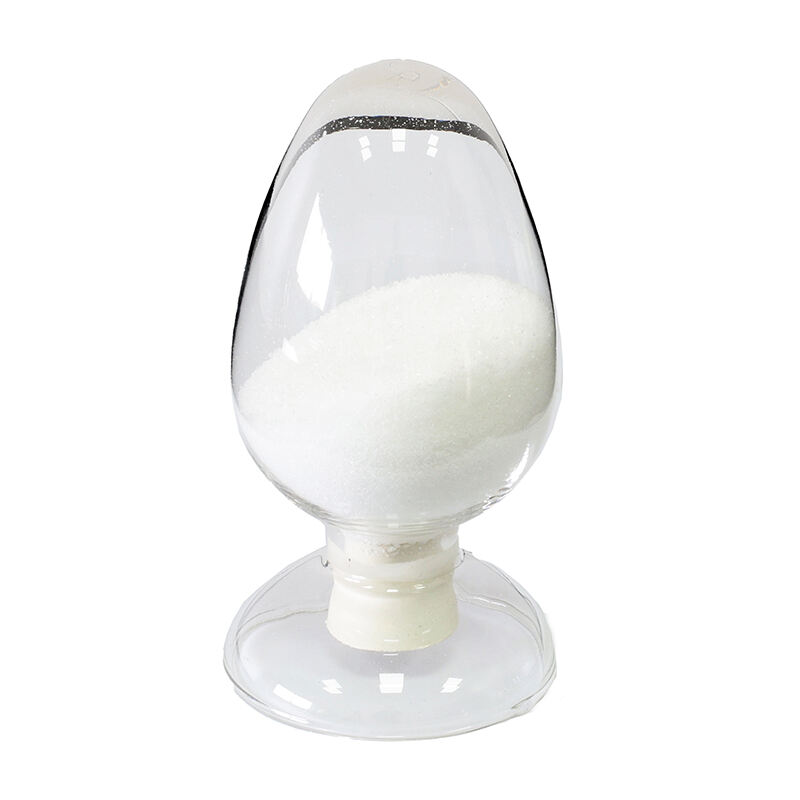The difference and application of fungicide, mildewproof agent and preservative
Abstract: In the actual application process, the concept of sterilization, antibacterial, anti-corrosion, mildew and so on often confuse users, we can analyze from the following aspects, help users to understand and grasp.
Keywords: fungicide; biocide; mildewproof agent; preservative; Bronopol;52-51-7;OIT;2-Octyl-2H-isothiazol-3-one; isothiazolin;26530-20-1;DCOIT;4,5-Dichloro-2-octyl-isothiazolone; 64359-81-5
1.Different definitions
Fungicides, also known as biocides, bactericides, microbicides, etc., usually refer to chemical agents that can effectively control or kill microorganisms in the water system - bacteria, fungi and algae.
Antibacterial agents generally refer to agents that are added to materials to give them antibacterial properties, inhibit the propagation of bacteria and mold, and have antibacterial effects that can last for a long time. Antibacterial agents can be divided into natural antibacterial agents, organic antibacterial agents and inorganic antibacterial agents.
The main function of preservatives is to inhibit the growth and proliferation of microorganisms, which can prevent or delay the corruption, deterioration and taste of the protected objects. Common in life are food preservatives, cosmetics preservatives and industrial tank preservatives. Preservatives are mainly divided into natural preservatives and chemical preservatives.
The anti-mildew agent can inhibit the growth of mold and kill mold, and prevent the application object from mildew. Industrial anti-mildew agent is mainly used in wood, plastics, rubber, textiles, coatings, adhesives and so on.
2.Different mode of action
Fungicides destroy the cell structure of bacteria and cause them to die. Antimicrobials work by inhibiting bacterial reproduction. The former is to kill bacteria, the latter is to inhibit growth.
3.Different fields of use
Fungicides can control or kill microorganisms, bacteria, fungi, and algae in both water-based and liquid systems. Because of its high safety and antibacterial effect, antibacterial agents are widely used in many fields such as antibacterial, mildew, antibacterial and so on, involving household appliances, automobiles, textiles, medical equipment, paints, coatings, daily necessities, melons and fruits preservation.
4.Product selection
For fungicides and preservatives, we recommend Bronopol(CAS: 52-51-7).
For mildew and antibacterial agents, we recommend OIT(2-Octyl-2H-isothiazol-3-one, CAS: 26530-20-1) and DCOIT(4,5-Dichloro-2-octyl-isothiazolone, CAS: 64359-81-5).
Bronopol is mainly used as a preservative and fungicide, added to the processing of cosmetics such as shampoo, balm and cream, the concentration of 0.01%-0.02% in cosmetics, and can also be used in detergents, fabric treatment agents, etc. As a bactericide, Bronopol can effectively control a variety of plant pathogenic bacteria, and the treatment of cotton seeds can prevent and control cotton black arm disease and bacterial eagle blight caused by cotton horn spot, and has no drug harm to cotton. Bronopol can also be used for rice malignant seedling disease, and the recommended concentration is 800 ~ 1000mg/L. Bronopol is also used in industrial circulating water, paper pulp, coatings, plastics, cosmetics, wood, cooling water circulation systems, as well as industrial applications for sterilization, anti-mildew, anti-corrosion, algae, etc.
OIT is an environmentally friendly, efficient, broad-spectrum, non-formaldehyde-releasing dry film anti-mildew agent. OIT fungicide has a strong killing effect on molds, yeasts, bacteria and fungi, and its anti-mildew property can reach grade 0(super grade anti-mildew) in line with EU standards. The anti-mildew performance has been tested by relevant authorities, and it is a new generation of world-class bactericidal anti-mildew agent. OIT is widely used in: paint, coatings, industrial oil, plastics, building materials, leather, water emulsion, glue, textile printing and dyeing fields of anti-mildew. It can also be widely used in interior and exterior latex paint, wood products and cultural relics protection and many other products.
The appearance of DCOIT is white powder. The product belongs to the new generation of environmentally friendly mildew and algae repellent. DCOIT can be widely used in polyethylene, polyurethane, leather, paint, coatings, sewage, paper, wood, adhesives, ink and other fields. It can replace compounds such as toxic organoarsenic.
5.Conclusion
To sum up, "sterilization" most appear in the manufacturing process of industrial products, such as paper pulp, metal processing fluid and other moisture industry, this stage of the fungicide need to be added, otherwise the quality of the product may be poor; Secondly, "anti-corrosion" mainly for the liquid or semi-solid product storage stage may appear odor, discoloration or inflated, this stage needs to add preservatives, otherwise the product may stink; Finally, "antibacterial or mildewproof" is a functional addition, mainly for microbial corrosion that may occur in hard surface products, thereby affecting the beauty or performance of the product itself, or further affecting the health of the user.



 EN
EN
 NL
NL
 FR
FR
 DE
DE
 JA
JA
 KO
KO
 PT
PT
 RU
RU
 ES
ES
 ID
ID
 VI
VI
 TH
TH
 MS
MS
 TR
TR
 AR
AR













